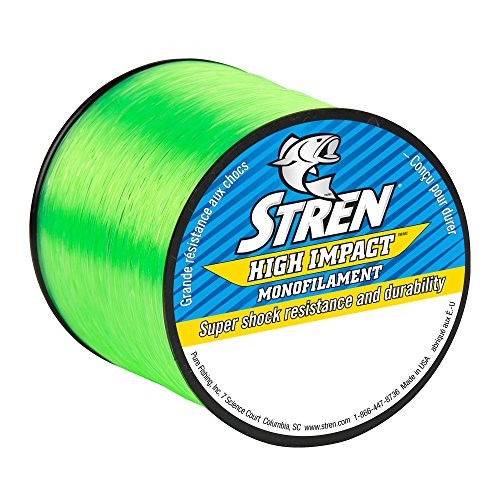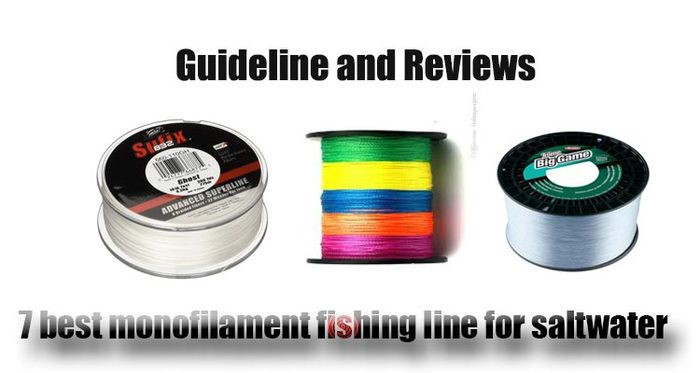What to know about fishing line
You want a new fishing line for your baitcasting or spinning reel and you’re in the store confronted with more choices and claims than your brain can process. It’s complicated. At the very least you need a primer on the pros and cons of these different types.
- Monofilament: a single strand of nylon and often referred to simply as “mono;”
- Fluorocarbon: A single strand of polyvinylidene fluoride
- Microfilament: Fused or braided strands of ultra-high-molecular-weight polyethylene and commonly referred to as ”braid” or “braided” line.
There’s also co-polymer or hybrid lines, which are a single strand of a blend of complementary resins or different materials. These have a mix of the qualities of their monofilament and fluorocarbon parents.
Pros and Cons
Monofilament
- Pros: Good knot strength; suitable for a wide range of common fishing knots; smooth and easily castable; low visibility; good color retention; generally good abrasion resistance; floats; economical price.
- Cons: Absorbs water so properties change from dry to wet; mid to high degree of stretch; retains memory; deteriorates from exposure to ultraviolet (UV) light.
- Comments: Mono was by far the dominant line category several decades ago; it now garners over a third of the market share. It’s easy to use for general purposes and with all reel types, and can be forgiving. Its low cost compared to the other lines also makes it popular.
Fluorocarbon
- Pros: Extremely low visibility; denser than water, so it sinks; low stretch; excellent abrasion resistance; more resistant to UV light deterioration; good knot strength; suitable for a wide range of knots; does not absorb water so properties are the same dry or wet.
- Cons: Stiffer than mono, especially in higher strengths; sinking quality not helpful in all angling situations; cost is much more (roughly 50 percent) than mono.
- Comments: Fluorocarbon makes up just over a quarter of the fishing line market. It excels in clear water applications and its low stretch and greater durability make it popular for hard hook sets and fishing in cover. It is highly favored as a leader material, less so as full-spool material, although manufacturers are working on less wiry full-spool products.
Microfilament (Braid)
- Pros: No, or extremely low, stretch; diameter that is much less than comparable strength mono; does not absorb water or change characteristics from dry to wet; floats; more supple than other lines and has no memory; resistant to UV deterioration.
- Cons: Dubious abrasion resistance (some are coated); color fades over time; can only use certain knots (especially Uni and Palomar); highly visible in the water; harder to use with older reels; line tangles are difficult to deal with in lighter strengths; cost is much more (roughly 50 percent) than mono.
- Comments: Microfilament fishing lines have been available since the early 1990s and have grown increasingly popular. They now command a third of the marketplace. Increased sensitivity for strike detection, solid hook sets, and distance casting (with high-strength products) are great benefits, and the line is more economical than it appears because it lasts much longer than comparable mono. Some products fade in color, making them more visible, and actual wet breaking strength is hard to ascertain. The color of the line is also



